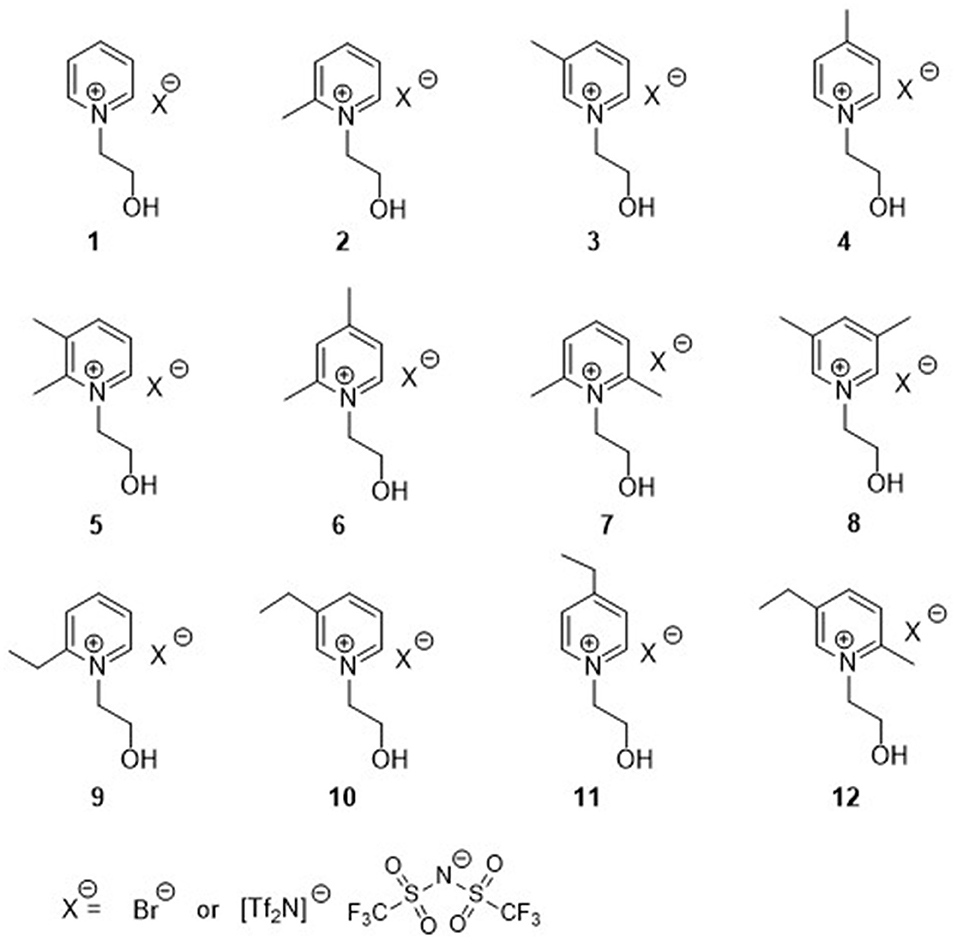

Fats and oils are esters, as are many important fragrances and flavors. An ester is derived from a carboxylic acid and an alcohol. We will also consider two derivatives of carboxylic acids: esters and amides.

The organic compounds that we consider in this chapter are organic acids and bases. Prehistoric people also knew about organic bases-by smell if not by name amines are the organic bases produced when animal tissue decays. (For more information about soaps, see Chapter 7 "Lipids", Section 7.2 "Fats and Oils".) Soaps are salts of long-chain carboxylic acids. The acetic acid of vinegar, the formic acid of red ants, and the citric acid of fruits all belong to the same family of compounds-carboxylic acids.

Naturalists of the 17th century knew that the sting of a red ant’s bite was due to an organic acid that the ant injected into the wound. Medieval scholars in Europe were aware that the crisp, tart flavor of citrus fruits is caused by citric acid. Citric acid was discovered by an Islamic alchemist, Jabir Ibn Hayyan (also known as Geber), in the 8th century, and crystalline citric acid was first isolated from lemon juice in 1784 by the Swedish chemist Carl Wilhelm Scheele. The Sumerians (2900–1800 BCE) used vinegar as a condiment, a preservative, an antibiotic, and a detergent. Prehistoric people likely made acetic acid when their fermentation reactions went awry and produced vinegar instead of wine.


 0 kommentar(er)
0 kommentar(er)
